16. August, 2023delish0
A slitter is a device used to cut large raw materials into small pieces or rolls. The traditional control scheme is usually based on PLC (programmable logic controller) control system, its main function is to realize the automatic control of the equipment lifting, feeding, cutting, detection, discharging and other processes. Below, we will briefly introduce the slitting machine of the traditional control scheme.
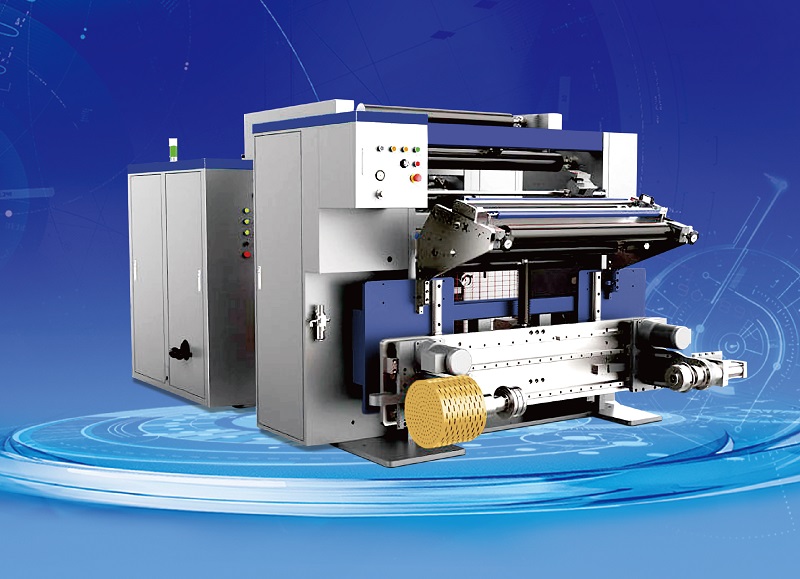
First, the feeding process. When the raw material is placed on the feeding table, the sensor detects it and transmits the signal back to the PLC. After the PLC receives the signal, turn on the lift, raise the raw materials to the cutting table, and after the lift is in place, send the signal back to the PLC.
Secondly, the cutting process. When the lift is in place, after the PLC receives the signal, it turns on the cutting machine and cuts the raw materials according to the preset cutting rules and lengths. The slitting machine of the traditional control scheme can realize a variety of cutting methods such as fixed length, fixed width and fixed weight, which improves the flexibility and cutting accuracy of the equipment.
Next is the discharging process. After the cutting is completed, the PLC controls the receiving table to raise and move to the cutting position, collect the cut blanks, and lower the elevator at the same time. At this point, the machine's outlet can transfer the cut pieces to the next processing or storage system.
Finally, there is the self-monitoring process. The entire control system also includes a self-monitoring function to ensure safe operation of the equipment. If an abnormality or failure is detected in the system, the PLC automatically stops the equipment and issues an alarm to remind the operator to maintain the equipment.
In general, the slitting machine control of the traditional control scheme is simple and stable, but it pursues standardized and high-repeatability production performance, and cannot adapt to the individual needs of subdivided fields and complex specifications. With the development of information technology, the adaptive intelligent control system has gradually replaced the traditional control system, which can be intelligently adjusted according to different raw materials and different processing methods, so as to achieve more efficient and intelligent production methods.

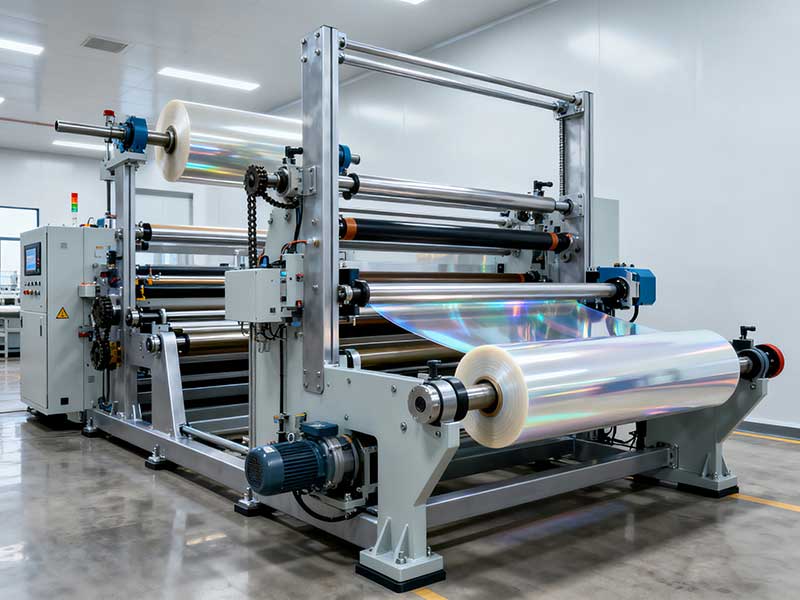
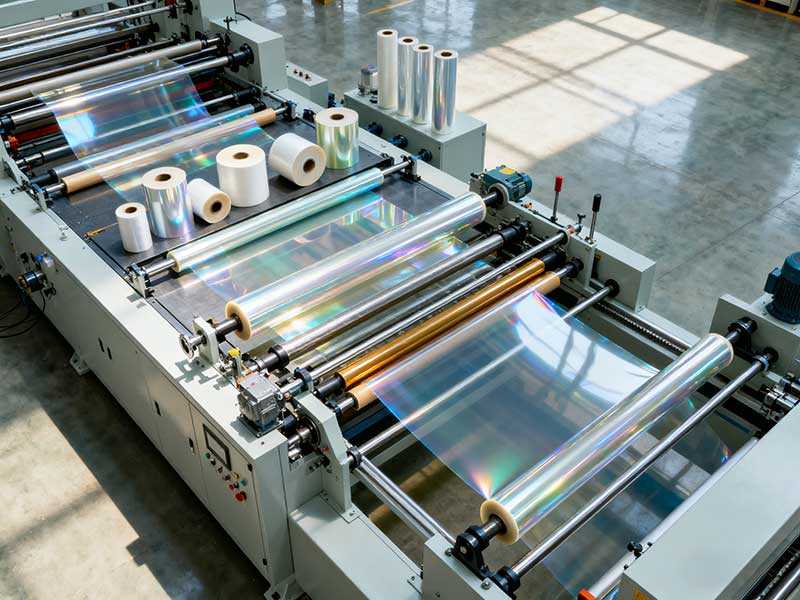
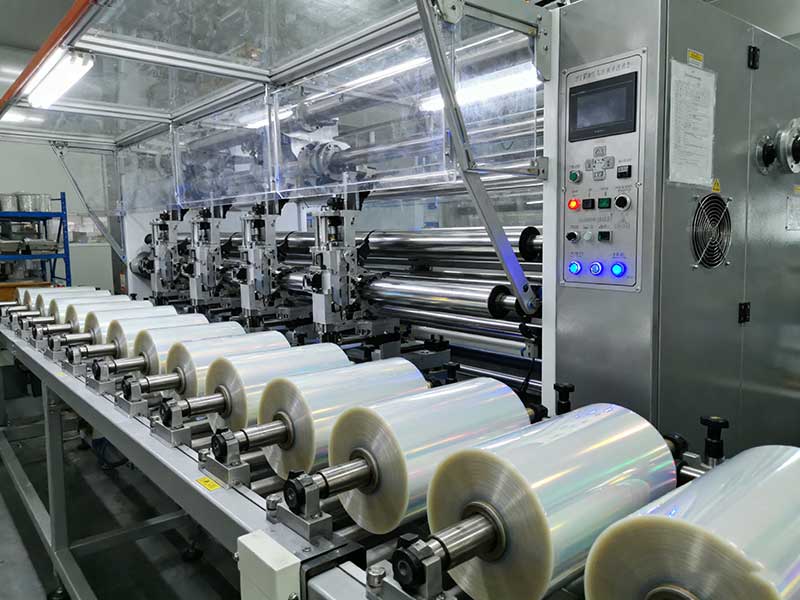
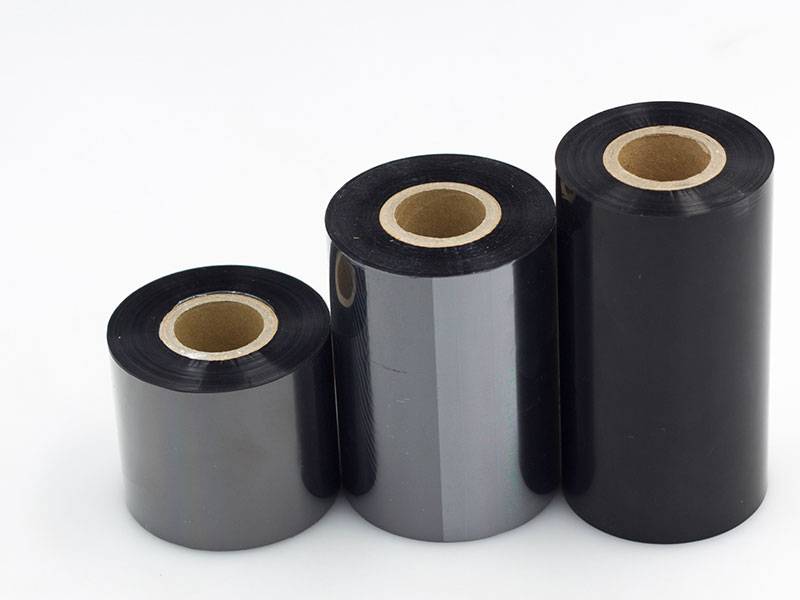
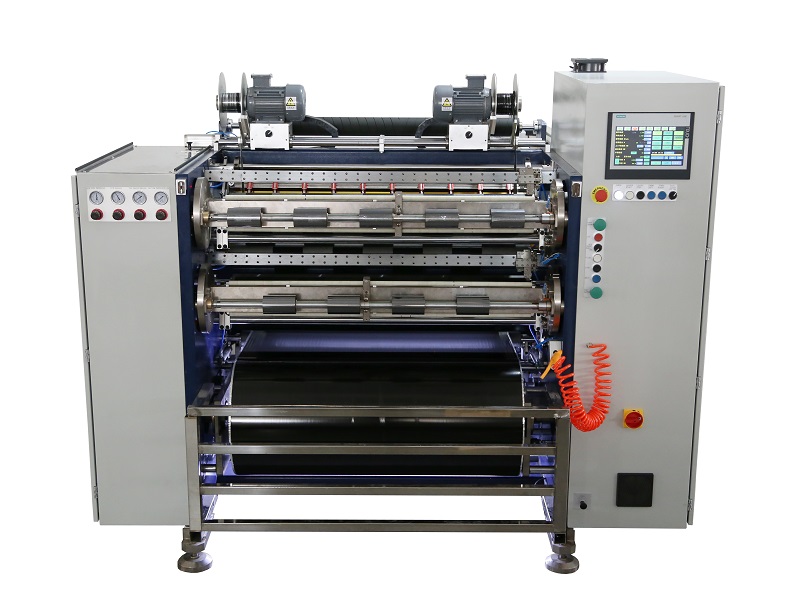 Fully Automatic TTR Slitter RSDS8 Plus
Fully Automatic TTR Slitter RSDS8 Plus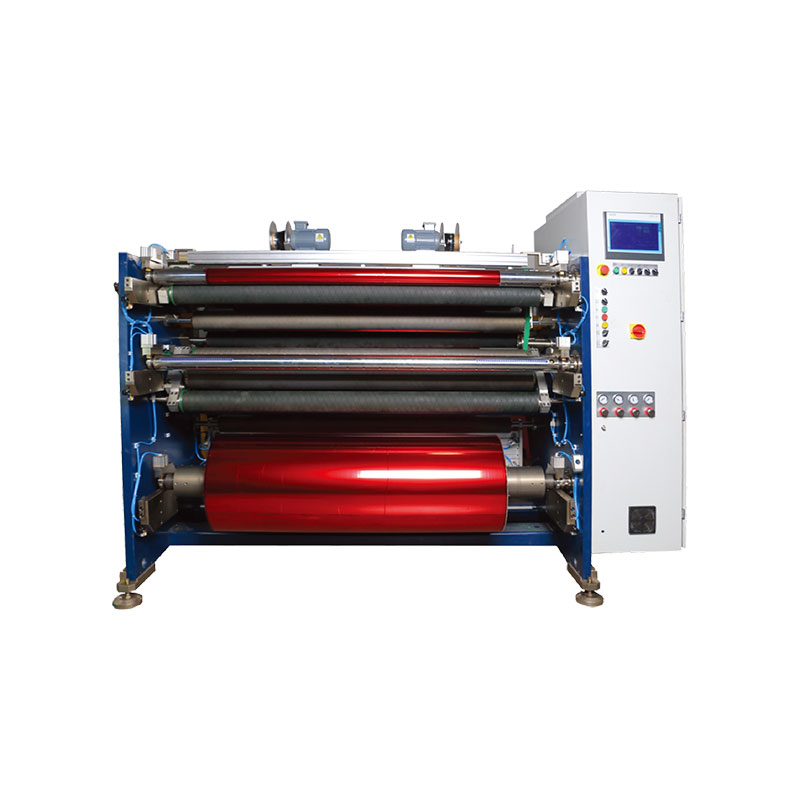 Hot Stamping Foil Slitter 1600mm
Hot Stamping Foil Slitter 1600mm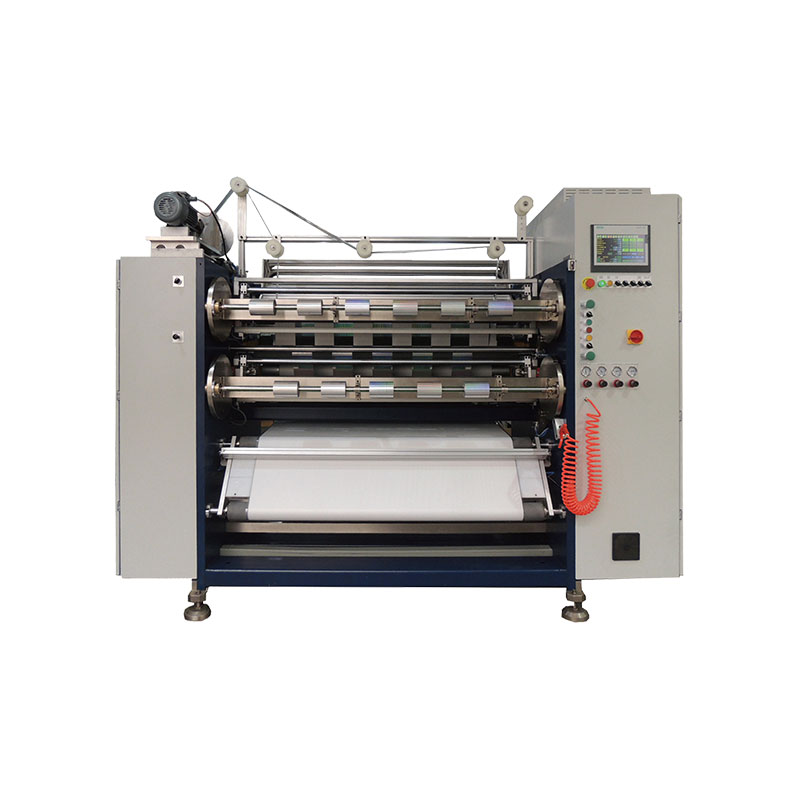 Hot Stamping Foil Slitter (4 Shafts)
Hot Stamping Foil Slitter (4 Shafts)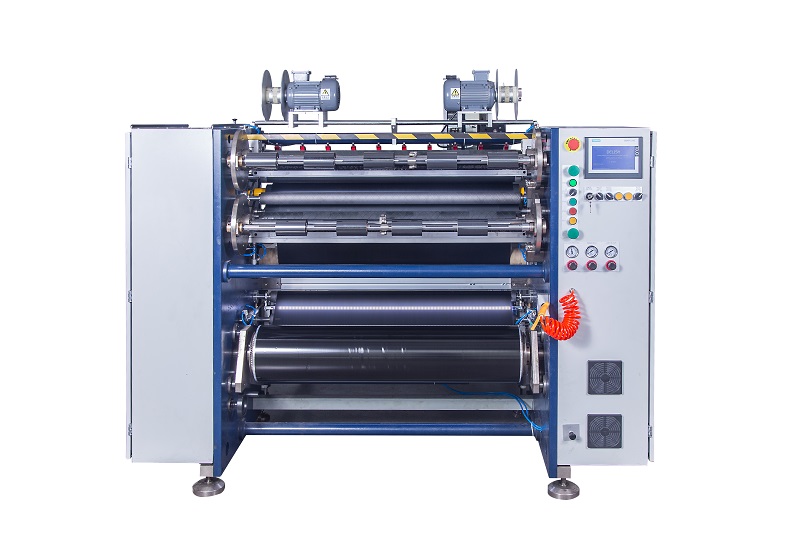 Semi-Auto TTR Slitter RSDS2 Plus
Semi-Auto TTR Slitter RSDS2 Plus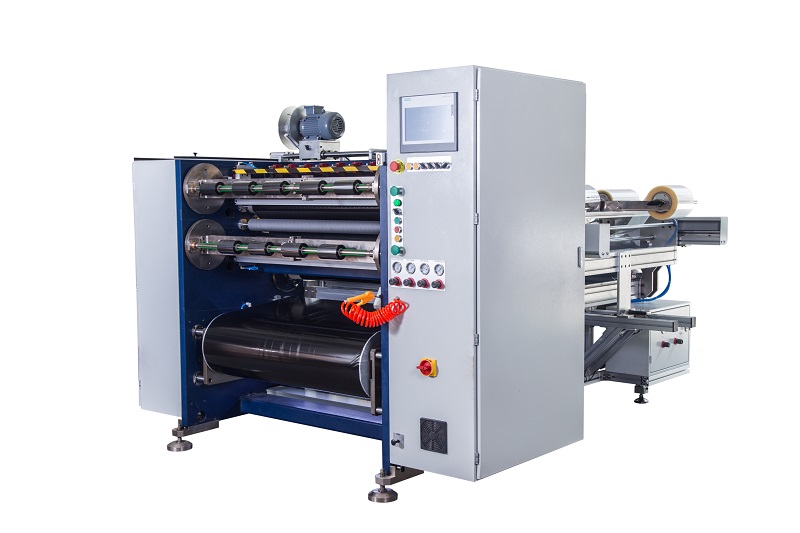 Semi Automatic TTR Slitter RSDS5 Plus
Semi Automatic TTR Slitter RSDS5 Plus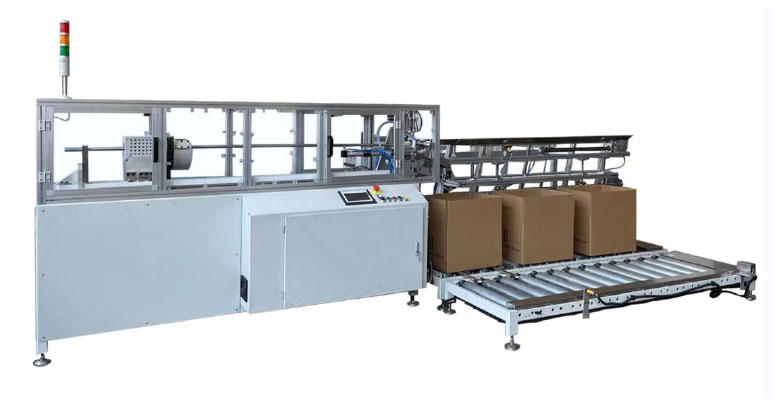 Auto Paper Core Cutter
Auto Paper Core Cutter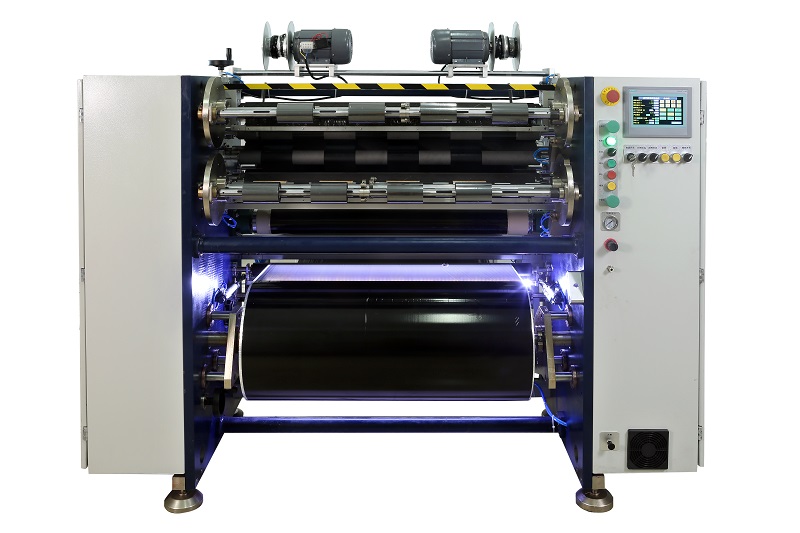 Manual TTR Slitter RSDS2
Manual TTR Slitter RSDS2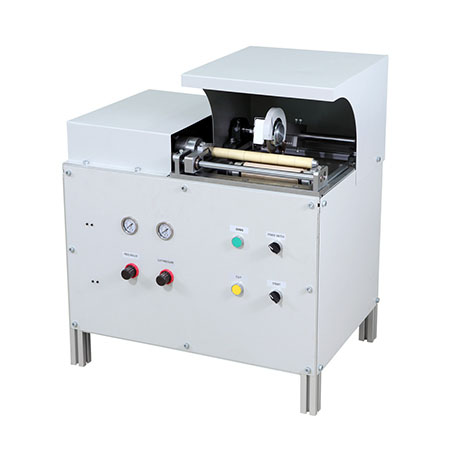 Manual Paper Core Cutter
Manual Paper Core Cutter





